The Kalevala, Finland’s national epic, stands as a monumental work of literature that has shaped the country’s cultural identity. Composed by Elias Lönnrot in the 19th century, it weaves together ancient Finnish folklore, myths, and oral traditions into a cohesive narrative. The epic’s influence extends beyond literature, permeating music, art, and even political movements. For Finns, the Kalevala is not merely a collection of stories but a testament to their linguistic heritage and national spirit.
At its core, the Kalevala revolves around the adventures of Väinämöinen, a wise and magical bard, alongside other central figures like the blacksmith Ilmarinen and the reckless Lemminkäinen. These characters embody the values and struggles of the Finnish people, from their connection to nature to their resilience in adversity. The epic’s rhythmic, alliterative verse mirrors the oral traditions from which it was born, creating a hypnotic cadence that resonates with readers even today.
The creation of the Kalevala was no small feat. Elias Lönnrot, a physician and folklorist, traveled extensively across Finland and Karelia, collecting songs and poems from rural storytellers. His work was driven by a desire to preserve a vanishing oral culture, one that had been passed down through generations but was at risk of being lost. By compiling and organizing these fragments, Lönnrot crafted a unified epic that would become a cornerstone of Finnish literature.
One of the most striking aspects of the Kalevala is its depiction of the natural world. Forests, lakes, and the northern lights are not just backdrops but active participants in the story. This reflects the deep animism present in pre-Christian Finnish beliefs, where every tree, rock, and body of water held spiritual significance. The epic’s portrayal of nature as both nurturing and formidable speaks to the Finnish people’s historical relationship with their environment.
The Kalevala also played a pivotal role in Finland’s national awakening during the 19th century. At a time when Finland was under Russian rule, the epic became a symbol of cultural pride and resistance. It provided a sense of unity and identity for a people who had long been overshadowed by their Swedish and Russian neighbors. The language of the Kalevala, rich and archaic, helped standardize modern Finnish and reinforced its status as a literary language.
Beyond its historical and cultural significance, the Kalevala has inspired countless artists and composers. Jean Sibelius, Finland’s most celebrated composer, drew heavily from the epic in his symphonic works, such as Kullervo and The Swan of Tuonela. The vivid imagery and emotional depth of the Kalevala have also influenced painters like Akseli Gallen-Kallela, whose iconic illustrations brought the epic’s characters to life in bold, dramatic strokes.
Modern interpretations of the Kalevala continue to emerge, from contemporary novels to heavy metal albums. Its themes of creation, destiny, and the struggle between good and evil remain universally resonant. The epic’s adaptability is a testament to its enduring power, proving that ancient myths can still find relevance in a rapidly changing world.
For those who delve into its verses, the Kalevala offers more than just a glimpse into Finland’s past. It invites readers to explore the universal human experience through a uniquely Finnish lens. Whether through its poetic language, its heroic deeds, or its mystical undertones, the epic continues to captivate and inspire, securing its place as one of the world’s great literary treasures.
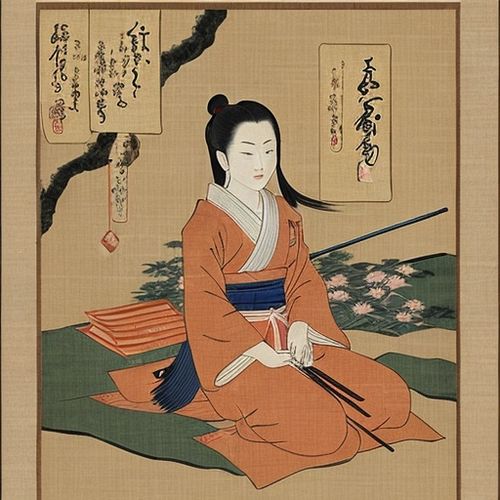
By Thomas Roberts/Apr 28, 2025
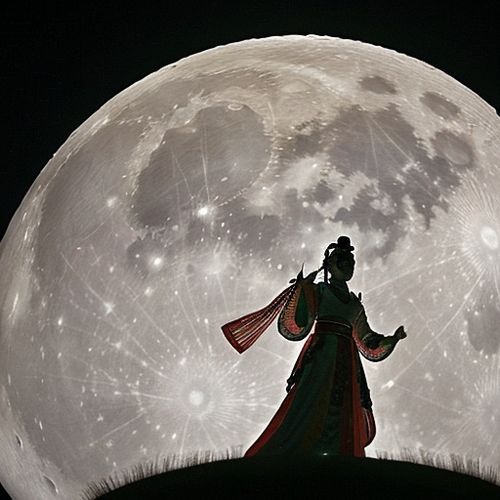
By Samuel Cooper/Apr 28, 2025
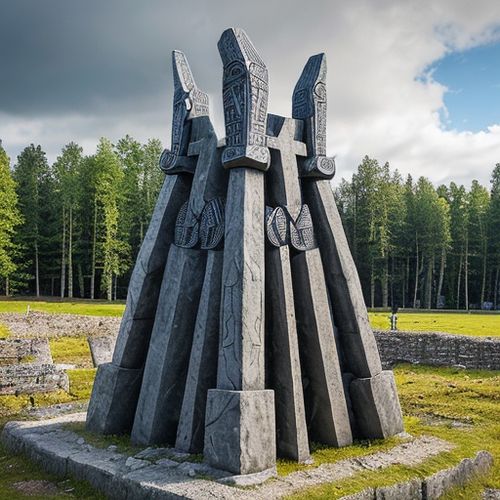
By Michael Brown/Apr 28, 2025
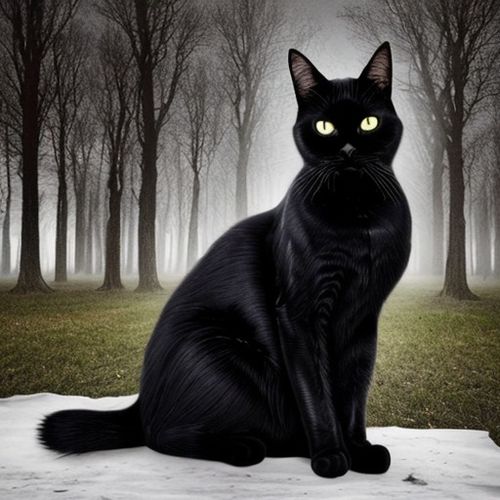
By Emily Johnson/Apr 28, 2025

By Daniel Scott/Apr 28, 2025

By George Bailey/Apr 28, 2025
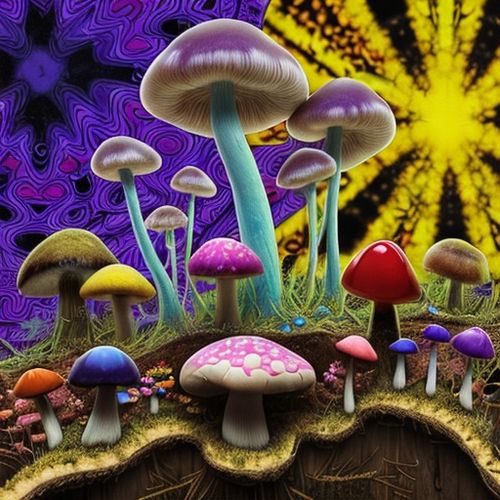
By Victoria Gonzalez/Apr 28, 2025
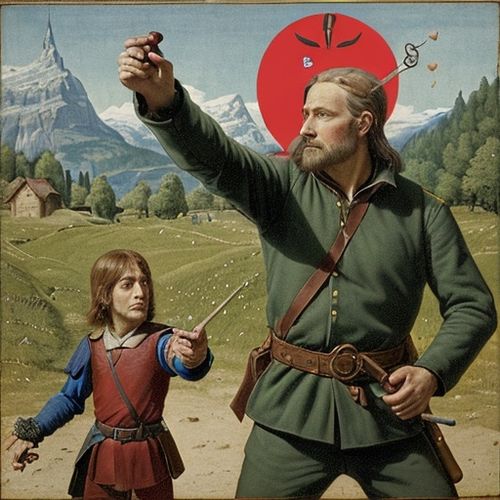
By David Anderson/Apr 28, 2025
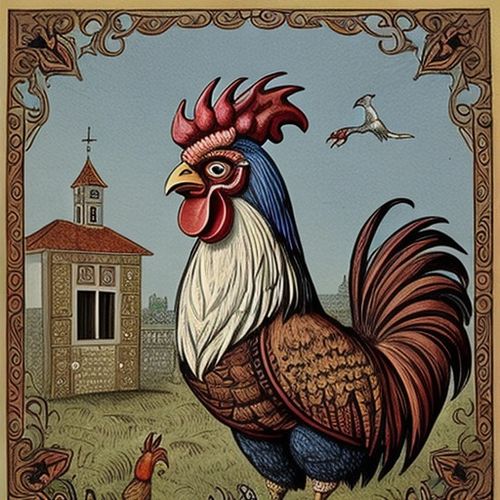
By Lily Simpson/Apr 28, 2025
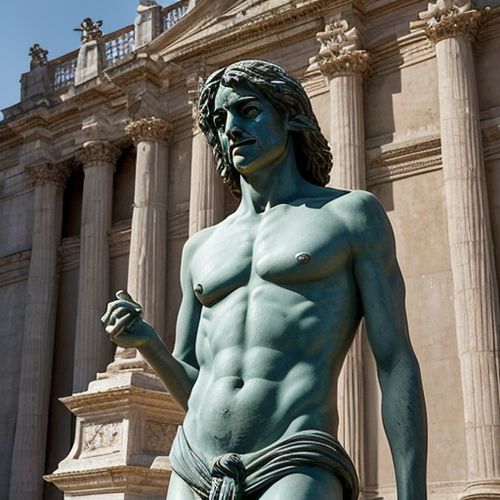
By Laura Wilson/Apr 28, 2025

By Benjamin Evans/Apr 28, 2025
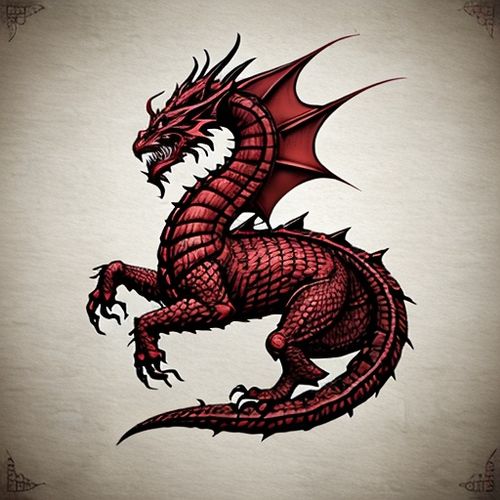
By Grace Cox/Apr 28, 2025
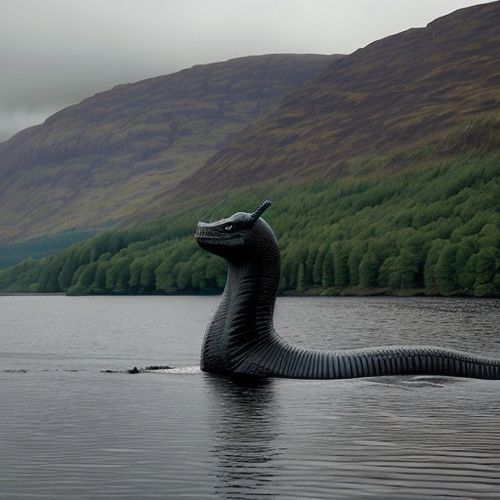
By Ryan Martin/Apr 28, 2025

By Daniel Scott/Apr 28, 2025
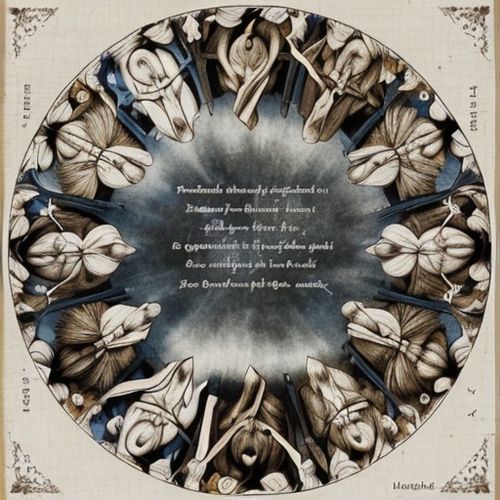
By Elizabeth Taylor/Apr 28, 2025
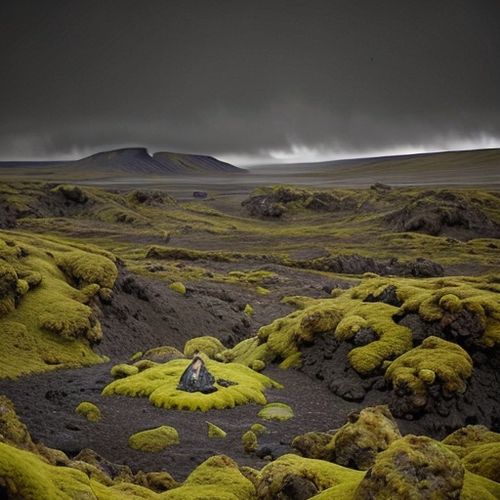
By Joshua Howard/Apr 28, 2025
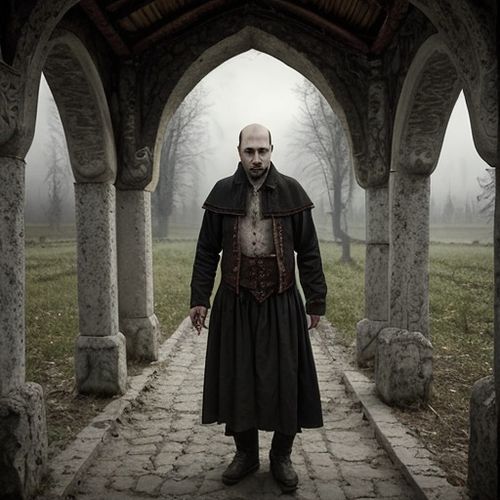
By Emily Johnson/Apr 28, 2025